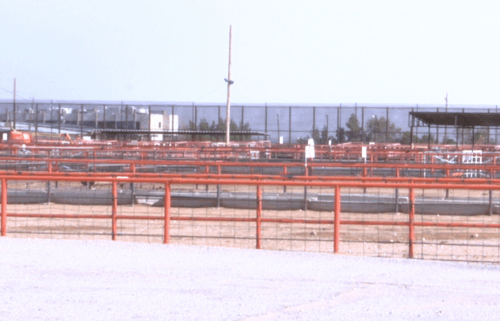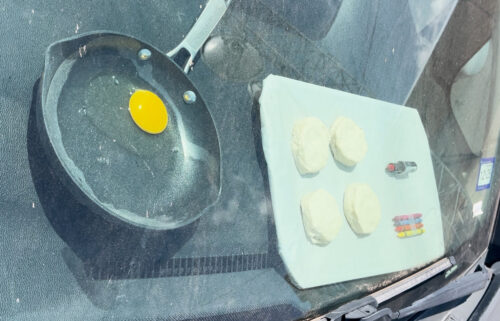Calling all bee lovers! How you can make your backyard bee-friendly in the Borderland
EL PASO, Texas -- If you are a classical music fan, you've most likely heard of the fast-paced composition of "Flight of the Bumblebee" by Nikolai Rimsky-Korsakov. The piece was written back in 1899-1900 to describe the erratic flight path of a bumblebee. But whether it's a bumblebee, honey bee, or the 1000's species of native bees across the world- there are rules on the do's and don'ts of helping the species out.
ABC-7 spoke with Kevin Floyd, a bee expert and the Botanical Curator at the UTEP Chihuahuan Desert Gardens, and found out information that may surprise you about the species.
"Honey bees- which is what most people think of when they think of bees- those are actually from Europe. They are a European species that was brought over for the great benefits that they provide, like honey production, beeswax, and pollination purposes," Floyd shared.
Honey bees are non-native, but have become naturalized to the North American continent. Floyd described them as a "managed crop", one that beekeepers keep track of. Any honey bees that we see out and about are ones that have escaped from their beekeeper's hive, and have formed individual colonies out in the wild.
On the other hand, "native bees are the bees that have evolved in North America, and we have somewhere around 4000 species of native bees in North America alone. There's about 20,000 species of native bees worldwide," said Floyd. Right here in the arid southwest, there are actually about 1,000 native bee species alone!
There's been fear that bee populations are dwindling and that we may live in a world without bees one day. Floyd had this to say about the decline in bee populations:
"The honey bee collapse is certainly a concerning issue, because we don't have a great idea about why. It's probably a bunch of factors, including pesticide use, lack of food resources or different types of food resources. Stressful conditions of being moved from one location to the next. So we should be concerned...but the ones that we know about are beekeepers have them in hives and the concern was that they'd leave the hive and not come back or come back in small numbers. So its a big deal for the beekeepers because they'd need to spend the money to replace those bees."
If you want to help the bees, whether they be the native or the honey bees, here's what you can do:
"The best thing to do is plant a variety of native plants. A variety of colors, a variety of shapes, having them flowering from early in the spring to late in the fall so that food resource is available to the bees," Floyd shared.
In addition, avoiding the use of pesticides and "letting your yard be a little bit messy, having some patches of dirt, letting your stems from your plant stick around and not just cutting to the ground and getting rid of them every year," can really help to promote a healthy bee population.




